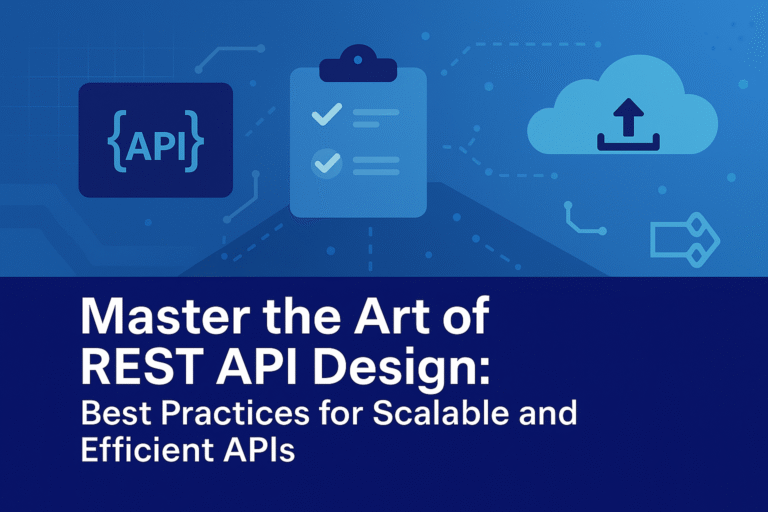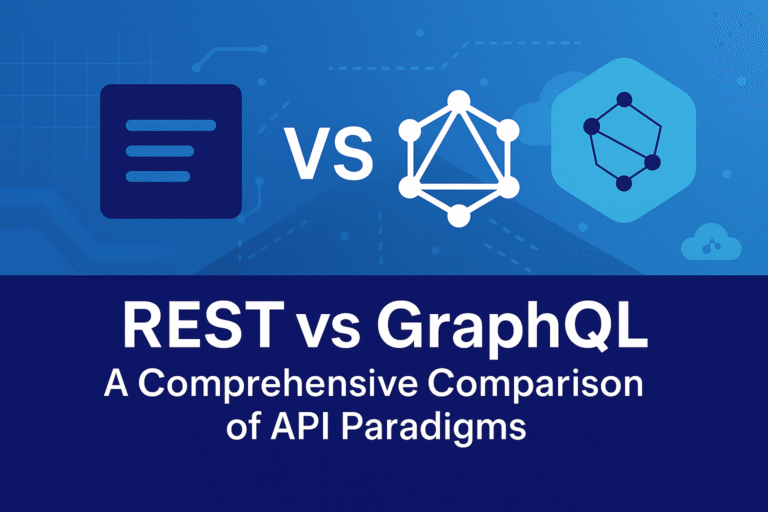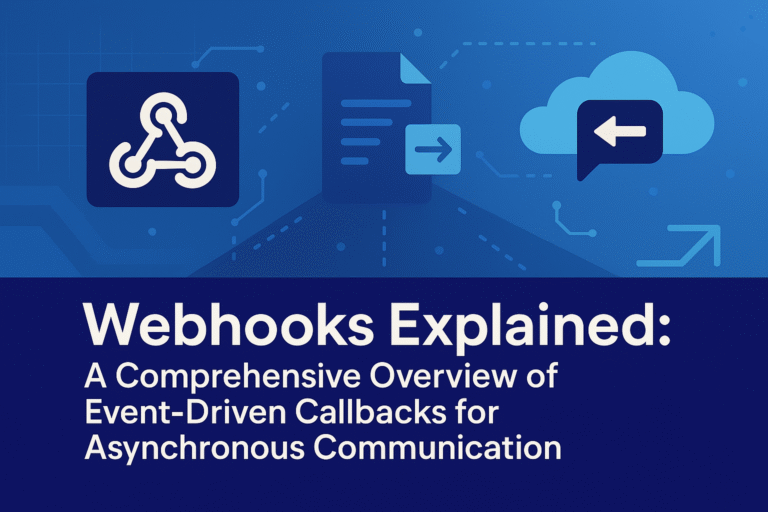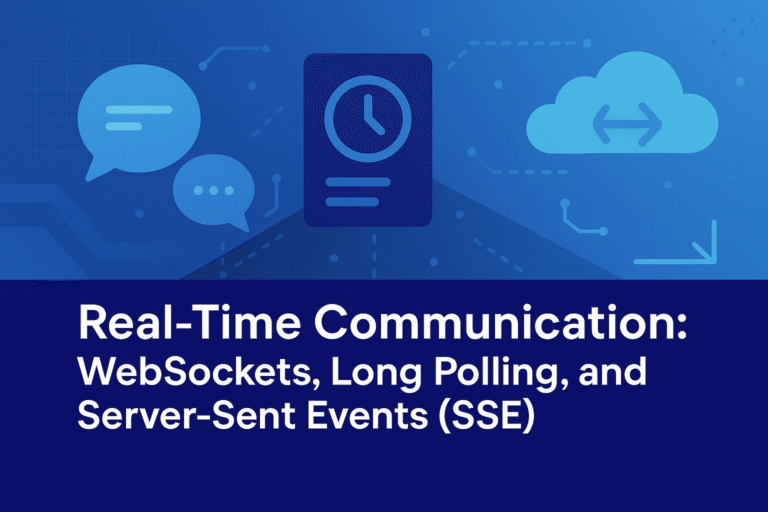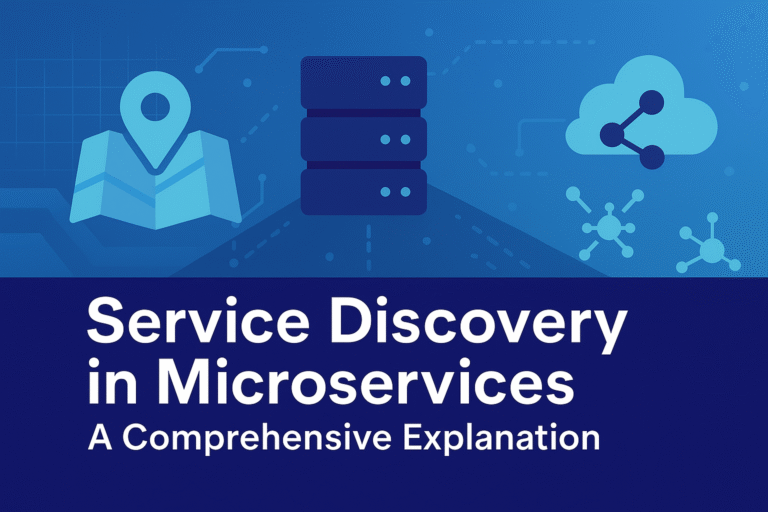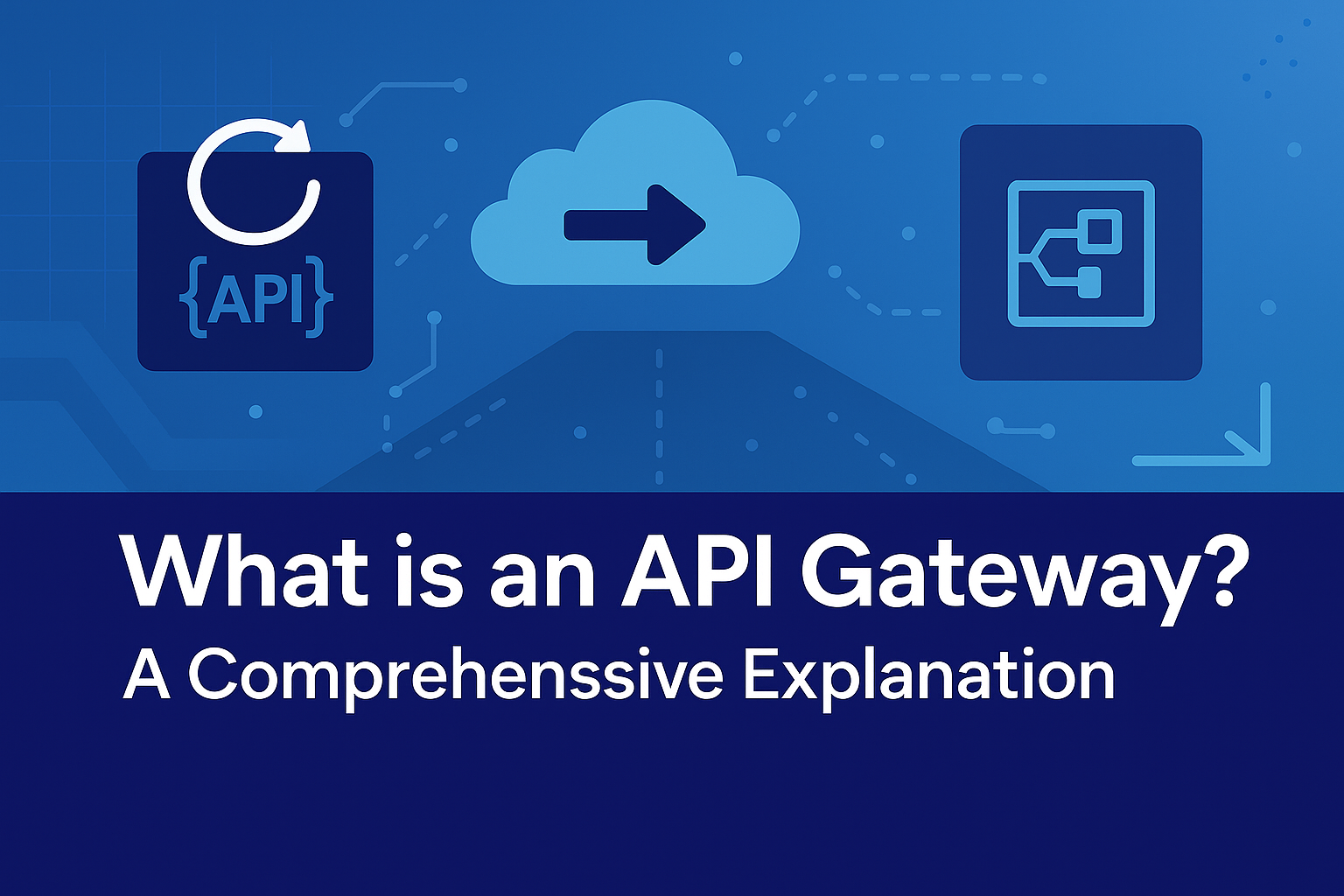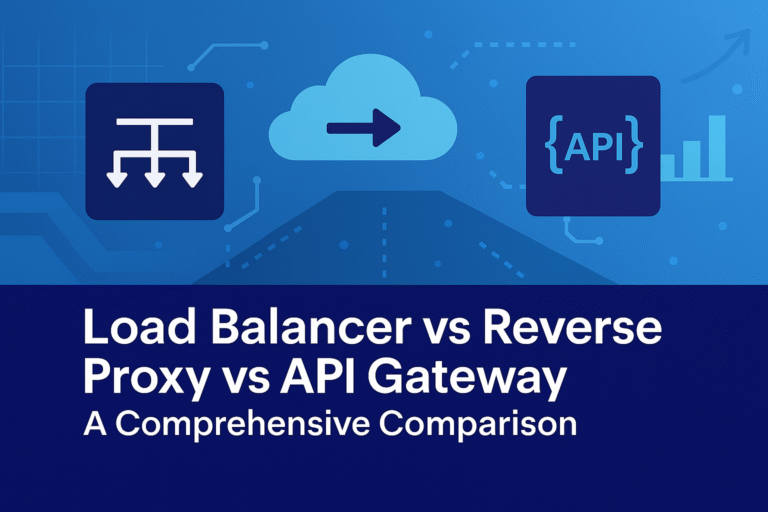Service Mesh and Sidecar Pattern: A Comprehensive Explanation for Managing Microservices Communication
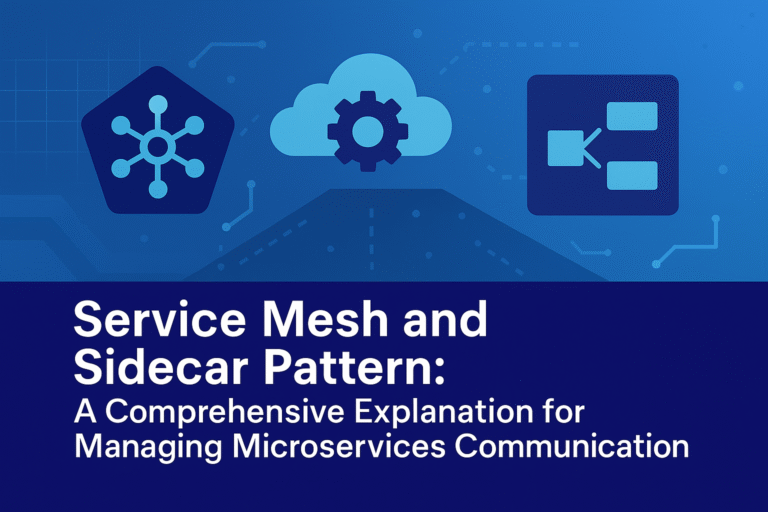
Concept Explanation A service mesh is a dedicated infrastructure layer that manages service-to-service communication in microservices architectures, providing features such as traffic routing, observability, security, and resilience without modifying application code. Technologies like Istio and Linkerd are prominent service mesh…


